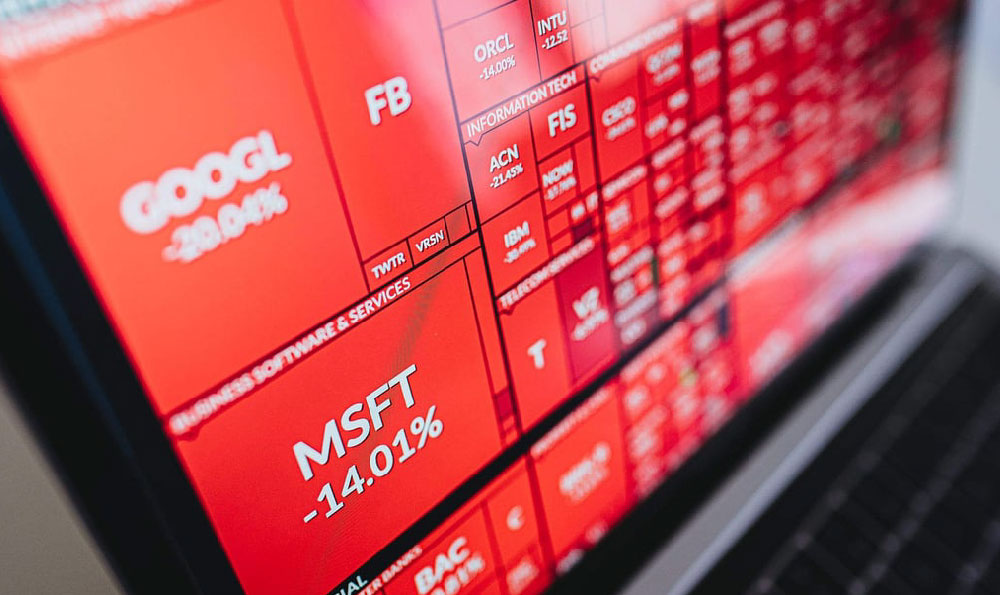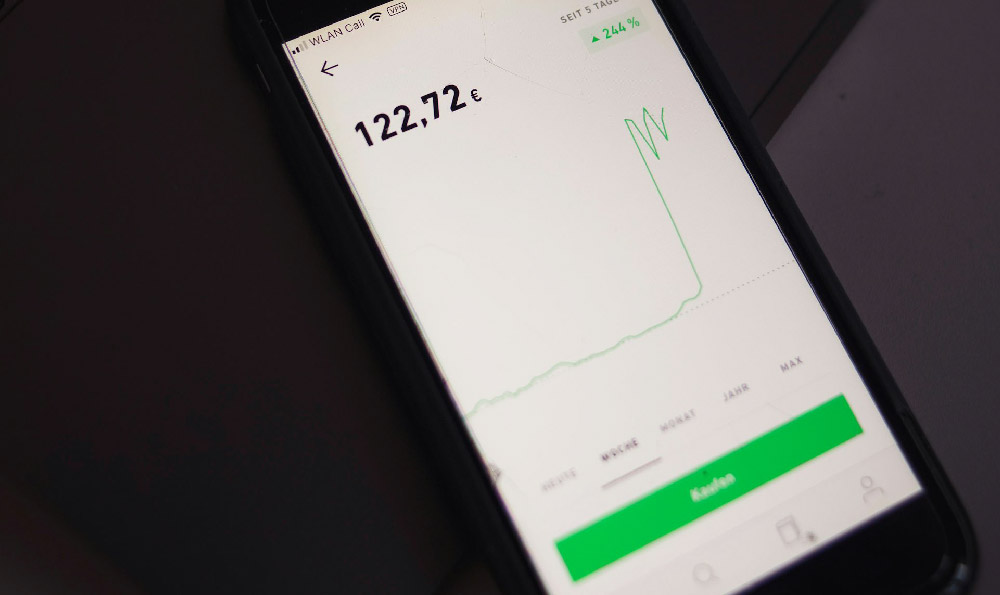
The question of whether graphic designers can earn well is a complex one, deeply intertwined with factors like skill level, specialization, experience, location, industry, and the type of employment they choose. It's not a simple yes or no answer, but rather a nuanced exploration of income potential within a dynamic and evolving field. Let's unpack the various layers that contribute to a graphic designer's earning capacity.
Firstly, the foundational element determining income is undoubtedly skill. A designer proficient in a wide array of design software (Adobe Creative Suite, Figma, Sketch, etc.), possessing a strong understanding of design principles (typography, color theory, composition), and capable of translating client briefs into visually compelling and effective designs is inherently more valuable than someone with rudimentary skills. Mastery translates to efficiency, creativity, and the ability to handle complex projects, all of which justify higher compensation. Furthermore, the ability to stay updated with the latest design trends and technologies is crucial. The design landscape is constantly shifting, and designers who embrace new tools and methodologies are better positioned to command higher rates.
Secondly, specialization plays a significant role in income differentiation. Graphic design is a broad field, encompassing various niches like branding, web design, UX/UI design, motion graphics, packaging design, and illustration. Each specialization demands a unique skillset and offers varying levels of demand and compensation. For example, UX/UI designers, who focus on the user experience and interface of websites and applications, are often in high demand and can command premium rates due to the critical role they play in product success. Similarly, motion graphic designers, skilled in creating animated content for various platforms, are highly sought after in the ever-growing video marketing landscape. Choosing a specialization that aligns with your interests and market demands can significantly boost your earning potential.

Experience, as in most professions, is a key determinant of income. Entry-level designers typically earn less than seasoned professionals with years of experience and a proven track record of successful projects. As designers accumulate experience, they not only hone their skills but also build a portfolio that showcases their capabilities and attracts higher-paying clients. Furthermore, experienced designers are often better equipped to handle complex projects, manage client relationships, and negotiate favorable contracts. The value of experience is often reflected in the ability to deliver consistent, high-quality work under pressure, a trait highly valued by employers and clients alike.
Location also exerts a considerable influence on earning potential. Designers working in major metropolitan areas or tech hubs, such as New York City, San Francisco, or London, tend to earn more than those in smaller towns or rural areas. This is primarily due to the higher cost of living in these cities, as well as the greater concentration of design agencies, tech companies, and other businesses that require design services. The demand for design professionals in these areas is often higher, driving up salaries and freelance rates. However, it's important to consider the trade-off between higher income and higher living expenses.
The industry in which a designer works also affects their income. For example, designers working in the tech industry, particularly those specializing in UX/UI design for software companies, tend to earn more than those working in more traditional industries like print media or advertising. The tech industry's rapid growth and high demand for design talent have created a competitive job market, driving up salaries and benefits. Similarly, designers working in the financial services or healthcare industries, which often require specialized knowledge and a high degree of professionalism, may also command higher rates.
Finally, the type of employment a designer chooses – whether freelance, full-time, or part-time – has a significant impact on their income potential. Freelance designers have the potential to earn more than full-time employees, but they also bear the responsibility for managing their own business, marketing their services, and handling administrative tasks. Full-time employees, on the other hand, enjoy the security of a regular paycheck and benefits, but their earning potential may be limited by their employer's salary structure. The choice between freelance and full-time employment depends on individual preferences, risk tolerance, and financial goals. Many designers start their careers as full-time employees to gain experience and build a portfolio before transitioning to freelance work.
To maximize their income potential, graphic designers should focus on continuous learning, specialization in high-demand areas, building a strong portfolio, networking with other professionals, and strategically choosing their location and employment type. Actively seeking out professional development opportunities, attending industry conferences, and staying abreast of the latest design trends can significantly enhance a designer's skills and marketability. Building a compelling online portfolio that showcases their best work is crucial for attracting clients and employers. Furthermore, networking with other designers, attending industry events, and participating in online communities can help designers build relationships, find new opportunities, and learn from their peers.
Avoiding common pitfalls is also crucial for financial well-being. Designers should be wary of "exposure" opportunities that offer little or no compensation. It's important to value your skills and time and to negotiate fair rates for your services. Equally vital is contract clarity. Always ensure that contracts clearly define the scope of work, payment terms, and ownership of intellectual property. Failing to do so can lead to disputes and financial losses. Meticulous financial planning, including budgeting, saving, and investing, is also essential for long-term financial security.
In conclusion, graphic designers absolutely can earn well, but it requires a strategic approach that encompasses continuous skill development, specialization, strategic location and employment choices, effective marketing, and sound financial management. The income potential is directly correlated with the designer’s proactive investment in their own capabilities and market awareness. The field is competitive, but for those willing to put in the effort and adapt to the ever-changing landscape, a fulfilling and financially rewarding career is definitely within reach.




